The largest snake in the world was found dead in the Amazon Rainforest in Brazil. This comes shortly after it was discovered by a team of scientists. They found a new species of giant anaconda in the Amazon. All while filming for a National Geographic series on Disney+ with Will Smith.
The large reptile, named Ana Julia was found in the Formoso River. In a rural area of southern Brazil’s Mato Grosso do Sul State five weeks ago.
Rare Invitation To Explore Huaorani Territory
Chief Penti Baihua of the Huaorani tribe in the Ecuadorian Amazon gave a rare invitation to the research group recently. Fry, one of the researchers described it as “one of only a handful granted since the tribe’s first contact in 1958,” to scour their territory.
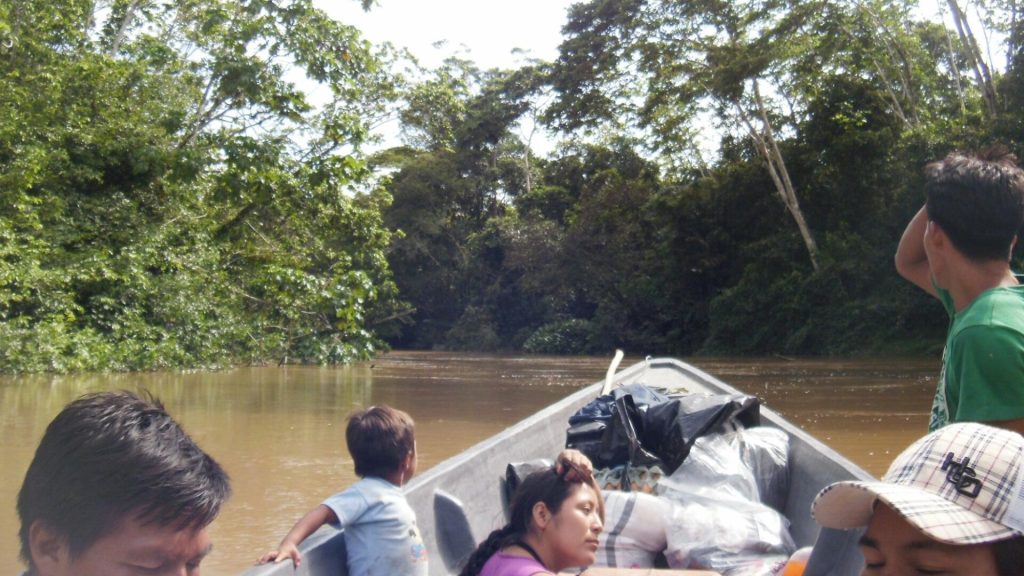
The invitation was to study anacondas which are a lot in the area and are considered sacred to the tribe. Chief Baihua led Fry’s team on a 10-day excursion in the search for these anacondas.
New Anaconda Species Emerges
The team traveled by canoes in the Bameno region. This is where they found “several anacondas lurking in the shallows, lying in wait for prey,” according to Fry.
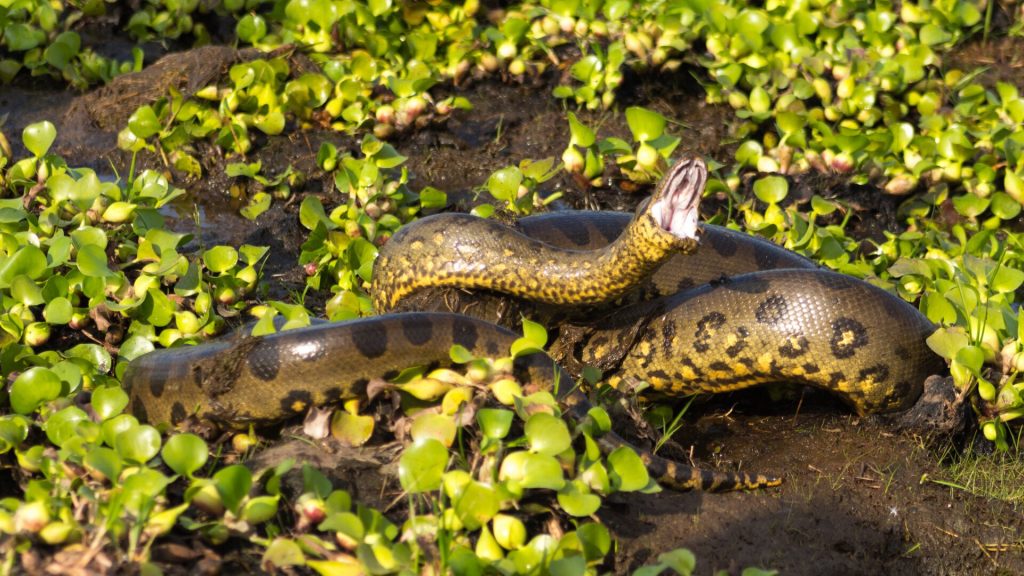
They captured a few specimens from the species. Which they named the northern green anaconda (Eunectes akayima).
Geographic Range The Difference
According to Fry “The key to understanding the discovery is the difference in the geographic range of anaconda species.”
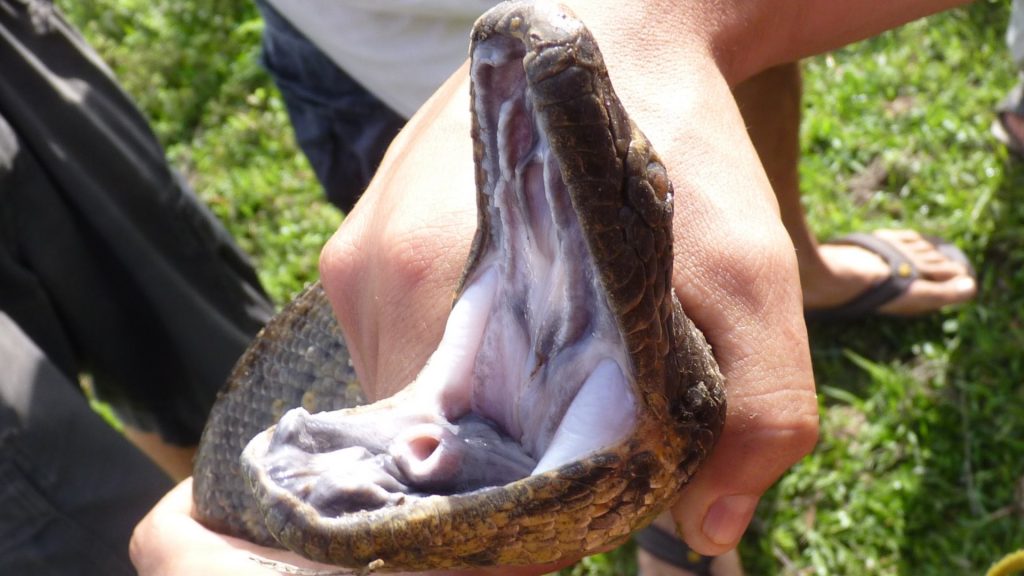
The green anaconda, found in the larger southern basin, is the relative of the newly discovered northern green anaconda. They inhabit the smaller northern basin. These two species differ genetically by 5.5%. As Fry pointed out, “It’s quite significant – to put it in perspective, humans differ from chimpanzees by only about 2%.”
Cause Of Ana Julia’s Death Still Unknown
The northern green anaconda was 26 feet long and weighed about 440 pounds, with a head the same size as a human’s. There are rumors that the snake may have gotten shot. But, a Dutch researcher who helped discover Ana Julia said the cause of death was still under investigation.
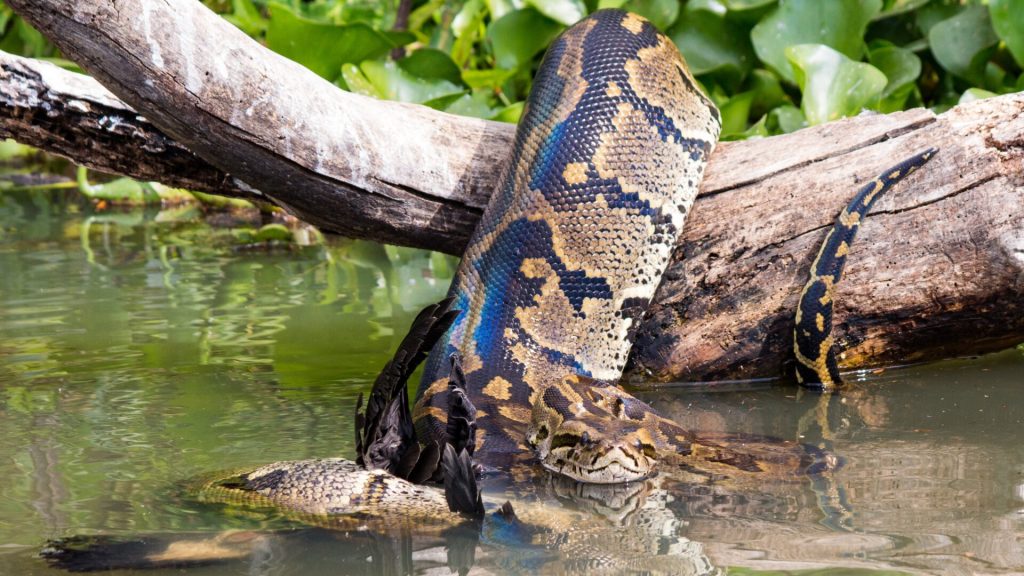
Professor Freek Vonk shared the sad news on Instagram. Saying, “With enormous pain in my heart I want to let you know that the mighty big green anaconda I swam with was found dead in the river this weekend.”
Ana’s Death A Huge Blow
He described Ana Julia as a strong and resilient animal. She had been swimming around Bonito for decades.
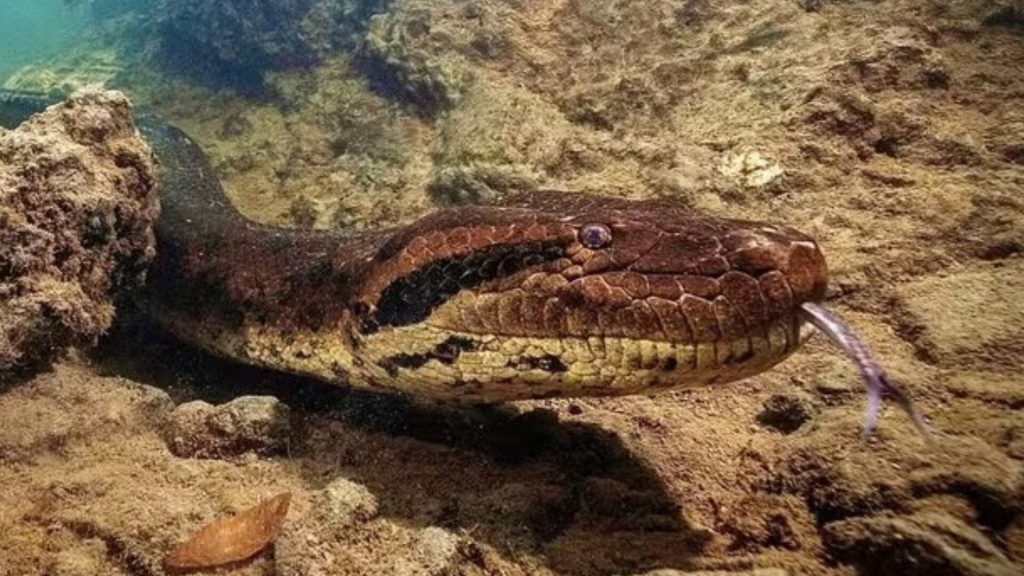
He added, “As far as we know, she was super healthy and still in the prime of her life, and in the coming years she could have taken care of many descendants. Since there aren’t so many colossal giant snakes swimming around, the blow to biodiversity (and this particular species in particular) is also huge.”
Investigating Anaconda’s Demise: No Evidence Of Foul Play
Professor Vonk had initially heard reports that the snake was shot dead. But, later clarified that authorities haven’t found any evidence supporting this claim.

“The cause of death is currently still being investigated, considering all possible options. So it’s also possible that she died a natural death,” he said.
Raising Awareness: The Legacy Of Ana Julia
However, her demise has not been in vain. Her death has brought widespread attention. It has also raised awareness about how fragile nature is. Some specimens represent the last of their species and just one death could bring extinction to a species.
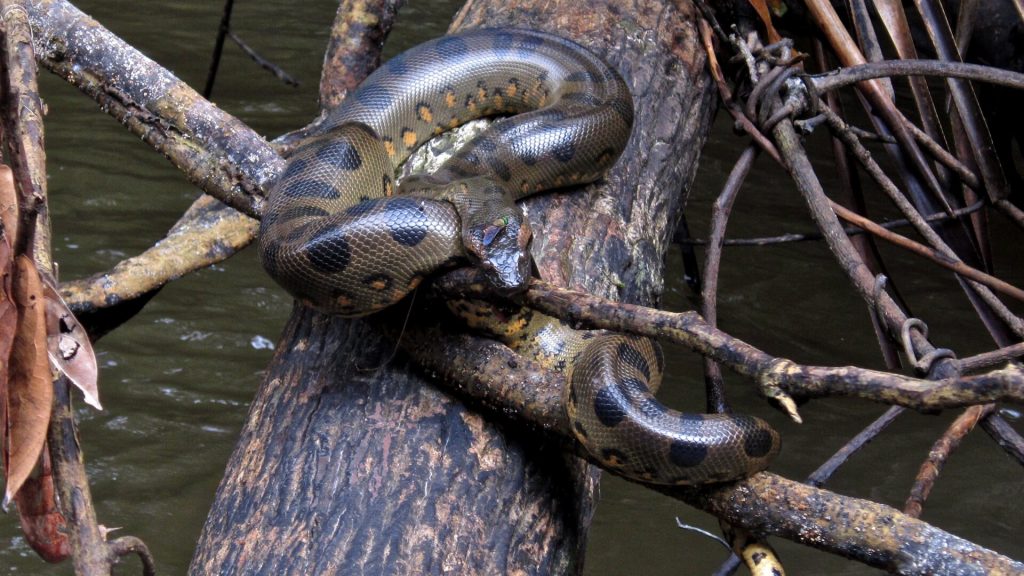
Vonk and Fry both spoke about how rare and extraordinary this species is. Fry mentions that their work in the Amazon is ongoing. Harmful substances like cadmium and lead have seeped into “the delicate fabric of this ecosystem due to frequent oil spills in the Yasuni Amazon,” Fry explained to USA TODAY last month.
Protecting The Future: Monitoring Anaconda Reproduction
Fry’s team aims to monitor the reproduction of the northern green anaconda. This will help to understand the overall health of the ecosystem.
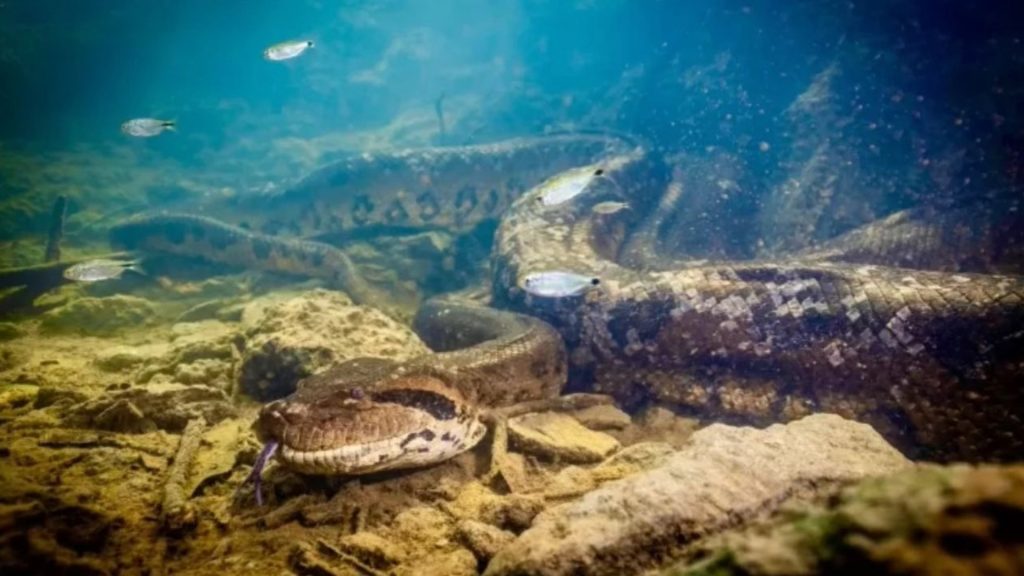
“It’s these kinds of extremely large and old specimens that are extra vulnerable. If there is more news, I will of course share immediately,” Vonk said. “The fact that I got to spend over an hour with her at the bottom of the river remains one of my most breathtaking experiences in nature – and one I will never forget!”
Fry Shares Focus Of Future Expeditions
Fry said future expeditions will focus on gathering and examining soil, water, and biological samples. They’ll be utilizing advanced methods to trace the paths of these contaminants.
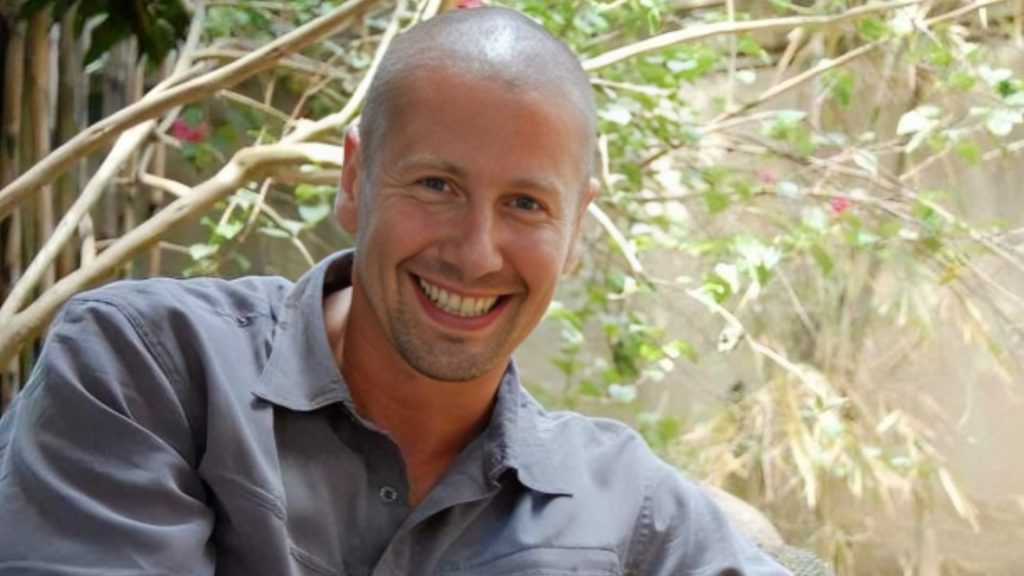
He stated, “By understanding how these metals affect the endocrine systems of the Amazon’s wildlife, we can start to unravel the long-term consequences of exposure and devise strategies to mitigate these effects.”
Fry Calls Discovery The Highlight Of His Career
Regarding the uncertain future of the newly discovered species, Fry mentioned that the journey through the jungle had been filled with wonder, even amidst challenges.
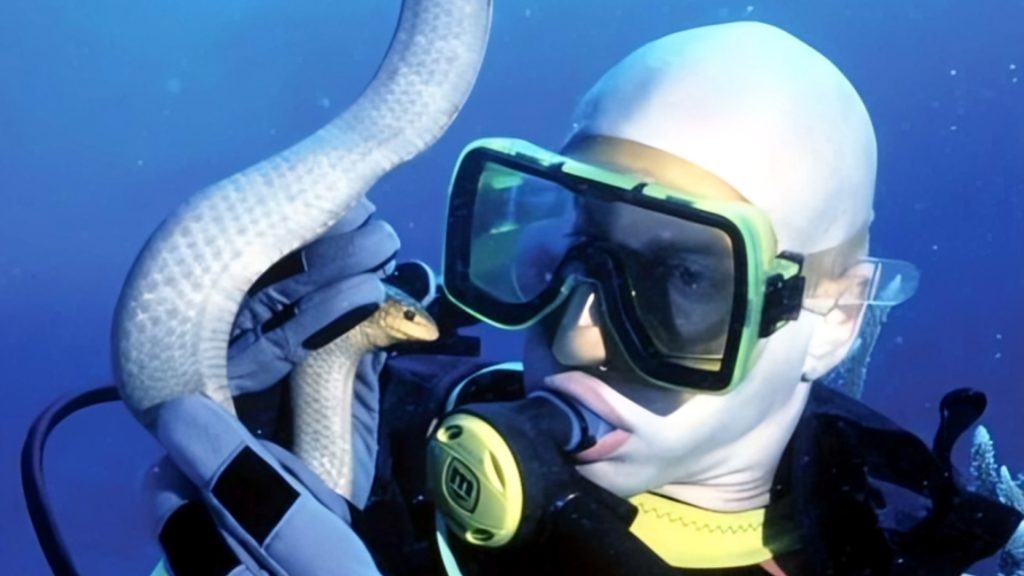
He expressed, “I like nothing better than being overheated and underwashed while wading through swamps in search of giant snakes. This discovery is the highlight of my career.”
Size Of These Creatures Incredible
At the time of discovery, Professor Bryan Fry from The University of Queensland remarked, “The size of these magnificent creatures was incredible – one female anaconda we encountered measured an astounding 6.3 meters long.
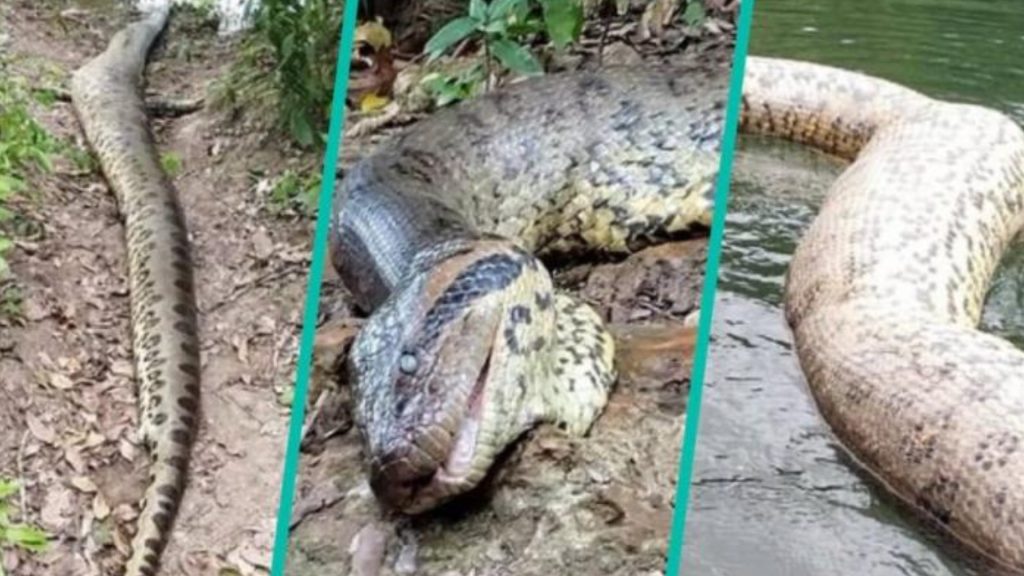
“There are anecdotal reports from the Waorani people of other anacondas in the area measuring more than 7.5 meters long and weighing around 500 kilograms,” he added.
Discovering The Northern Green Anaconda: Eunectes Akayima
The northern green anaconda, also called Eunectes akayima, is a type of boa found in northern South America and Trinidad. It’s closely related to the southern green anaconda, Eunectes murinus, but in 2024, some scientists suggested it’s genetically distinct.

This snake is one of the biggest and longest in the world, with confirmed ones measuring up to 6.3 meters (21 ft) long. Like other boas, it doesn’t have poison and catches its prey by squeezing them.
Divergence And Distribution Of Eunectes Akayima
E. akayima is believed to have split from its closest relative 5 to 20 million years ago, separated initially by the Vaupés Arch. While its exact distribution remains uncertain, samples suggest it’s found in Venezuela, French Guiana, Suriname, Guyana, Ecuador, and Trinidad.
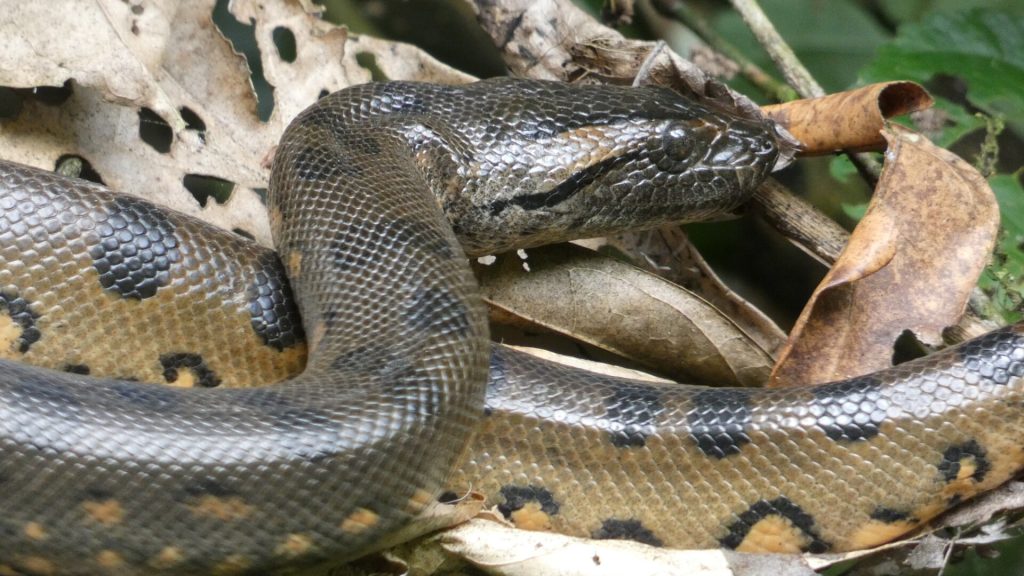
There’s also speculation it resides in parts of Colombia, Peru, and northern Brazil. Although their habitats mostly don’t coincide with E. murinus, there’s a partial overlap around French Guiana, without a clear geographical barrier. Though there are genetic differences in mitochondrial DNA, the two species are known to look alike.
Species Naming and Genetic Testing In 2024
The local Carib people have known this species as akayima for many years, and this name became its formal scientific name. However, later studies raised questions about this name and also doubted whether E. akayima is actually a distinct species.
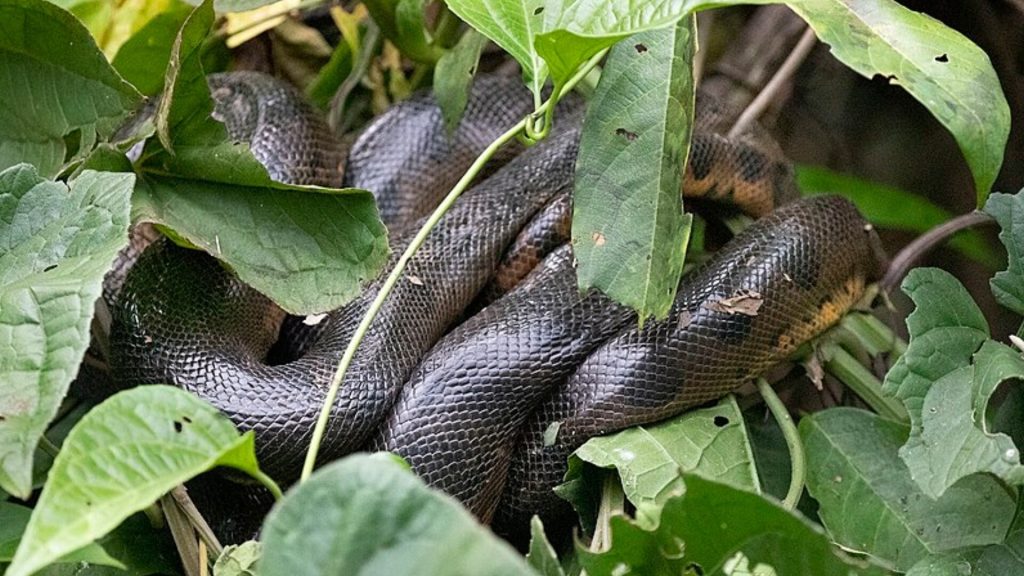
In 2024, research using genetic testing claimed that populations of Eunectes murinus found in northern South America are different from those found farther south.
Genetic Differences And Species Classification
The researchers found approximately a 5.5 percent difference in mitochondrial DNA between these populations. This led them to describe the northern populations as a separate species, Eunectes akayima. Both wild and captive specimens were tested using blood samples.
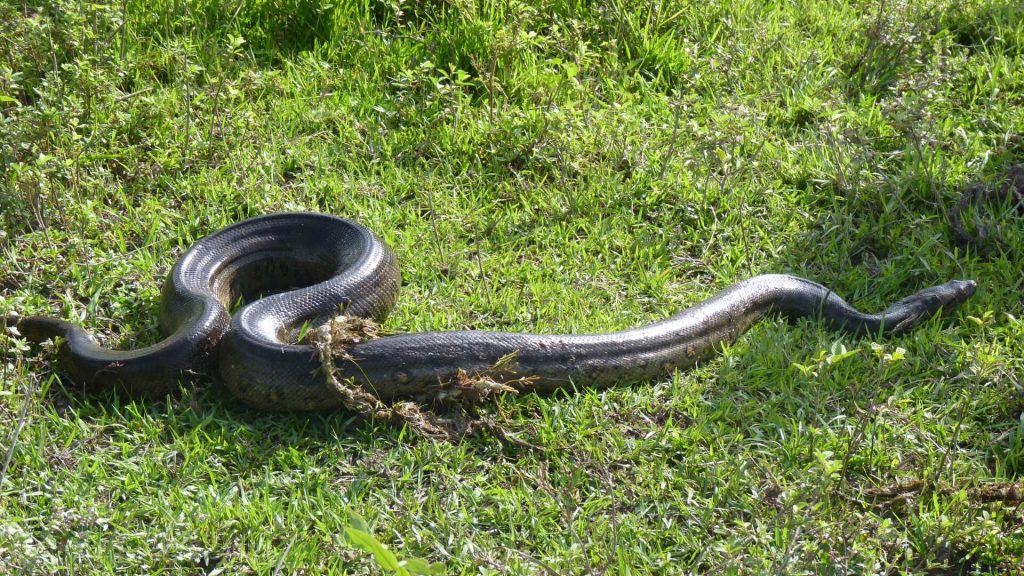
While there were no noticeable differences in nuclear DNA between the two species, the researchers suggested that this might be because suitable markers with significant variation rates were lacking.
Conserving Specimens And Ensuring Long-Term Conservation
Nuclear genomic studies had difficulty distinguishing between E. murinus and the more distant E. notaeus. Samples were gathered from various locations across South America over 20 years for a study led by Professor Jesús Rivas from New Mexico Highlands University.
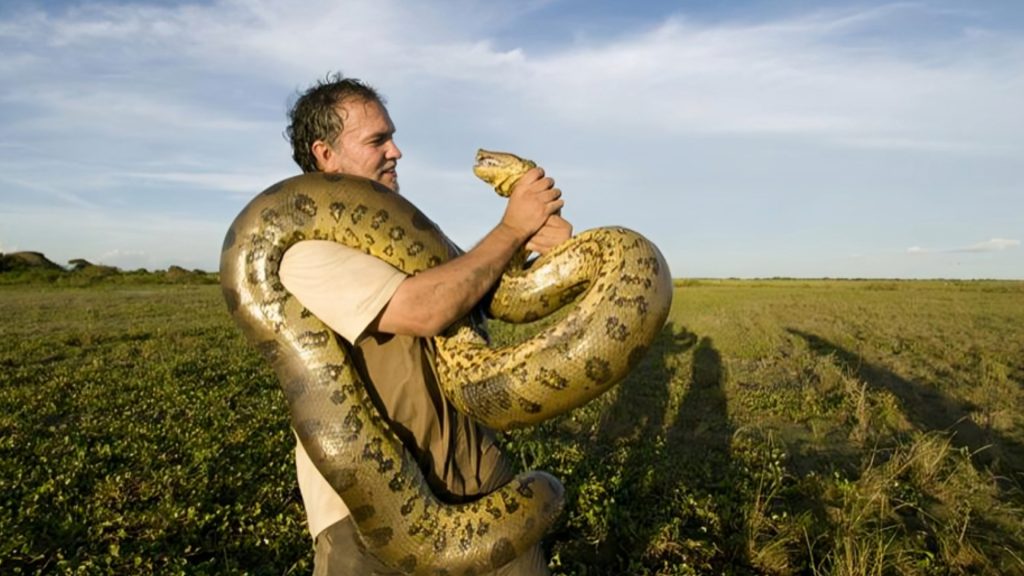
This research involved analyzing genetic data from blood and tissue samples, as well as examining anatomical characteristics like scale count and habitat data. An earlier specimen, MCNG 1042, collected by Jesús Rivas in 1993 at Hato El Cedral in the Venezuelan Llanos, serves as the holotype and is now preserved by the UNELLEZ in the Museo de Ciencias Naturales de Guanare.
Critics Share Their Opinions
Wolfgang Böhme, a German archaeologist, praised the description of Eunectes akayima. Since they recognized the genetic differences between the two green anaconda species. However, he criticized the study’s choice to merge the yellow anaconda species Eunectes deschauenseei and E. beniensis into E. notaeus. He had previously distinguished them as separate two years earlier.

Shortly after the discovery, two reviews were published that raised concerns about the original publication. The first critique, by Vásquez-Restrepo et al., focused on the validity of the name Eunectes akayima due to procedural issues violating the International Code of Zoological Nomenclature.
Meaning Of The Name Akayima: The Great Snake
The study by Dubois et al. questioned the reliability of the genetic markers used. It also doubted the existence of a separate northern green anaconda species.
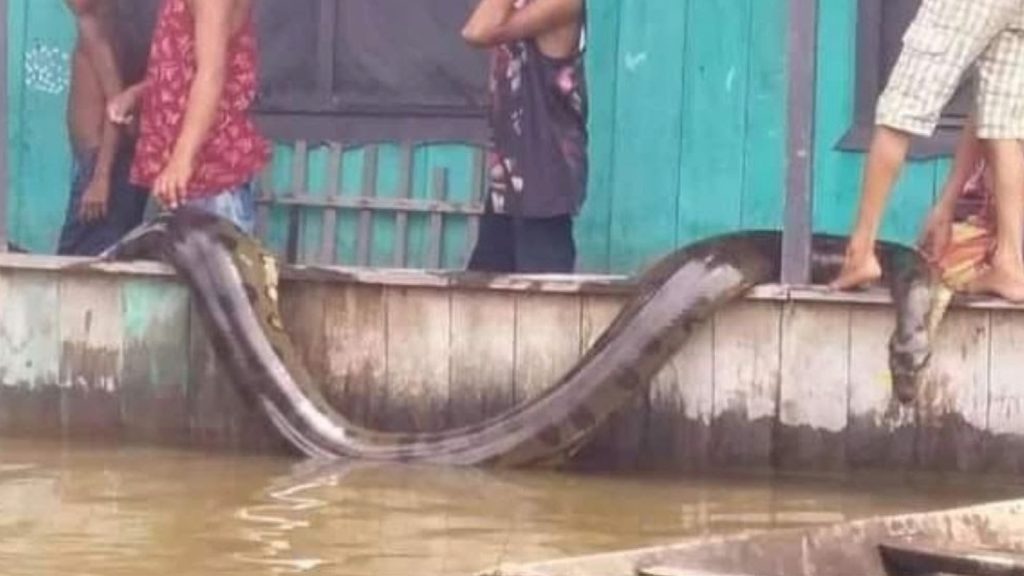
The term “akayima” comes from the Cariban languages, where “akayi” means “snake,” and the suffix “-ima” signifies largeness, giving it the literal meaning of “The Great Snake.” This term has been used by the local Carib people for centuries to refer to the northern green anaconda before its formal scientific description.
Cultural Significance And Naming Conclusions
In the Cariban languages, the word also means rainbow. The meaning could be linked to a feathered serpent in Carib beliefs. Among Carib communities like the Arekuna and Wai-wai, the anaconda is a creature with mythical importance. It is viewed either as relatives or opposites to humans.
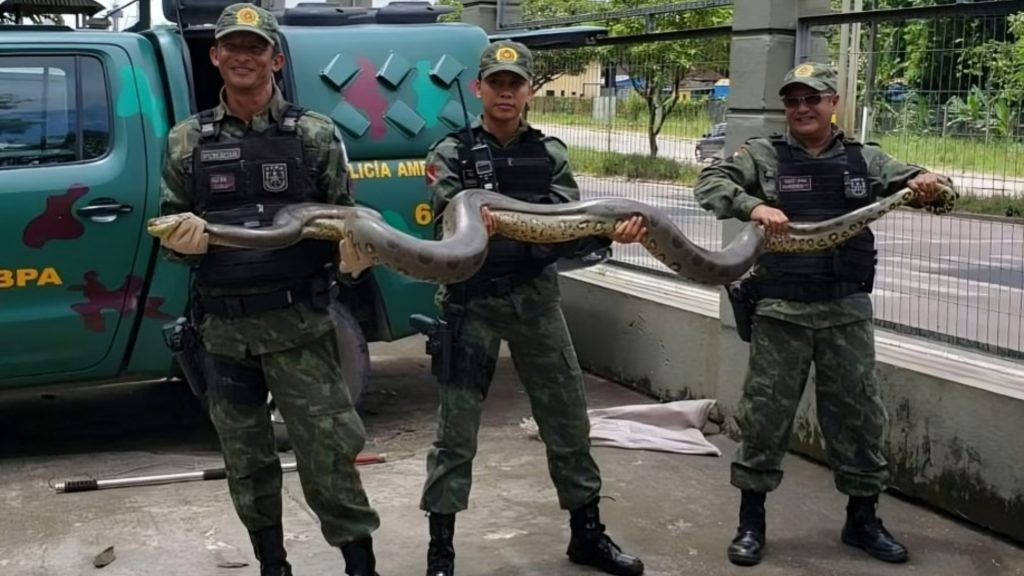
The ongoing use of the name by indigenous communities and the inconsistencies in past efforts to divide E. murinus led the researchers to adopt “akayima” as the primary name for the species.





GIPHY App Key not set. Please check settings